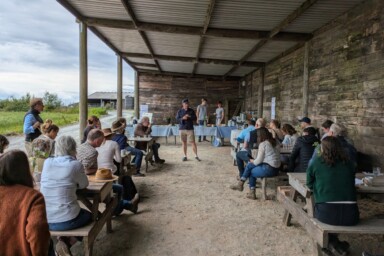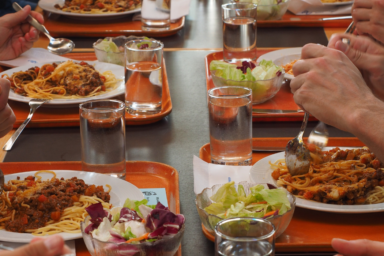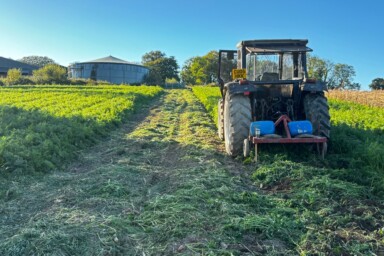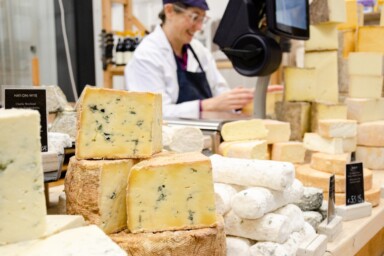As SFT’s policy director, you will usually find me focused on the latest government or corporate developments. This doesn’t leave much time to get my boots on the ground and hands in the soil. But, when I discovered the new Roots to Regeneration (R2R) programme, I knew I’d found the ultimate space to explore and deepen my understanding of regenerative transformation (in my spare time, not work!) and thanks to R2R’s philanthropic supporters, it was within my reach. Via the SFT’s newsletter, I hope you will join me on this exploration over the forthcoming year as I chart a path through the challenges of regenerative thinking, farming and food.
Roots to Regeneration is the brainchild of Caroline Grindrod and Clare Hill, who both bring a lifetime’s knowledge of regenerative farming and what it takes to transition. This is no bog-standard farm training scheme. Indeed, the programme’s objective is that “by the culmination of the programme, participants will not only have acquired a comprehensive understanding of regenerative farming principles and hands-on skills but will also have woven themselves into a vibrant, collaborative community. This network will stand as a beacon, lighting their path as they continue their pivotal roles as leaders in agriculture.”
Last week saw the inaugural session of this 12-month programme, immersed in nature on a 170-acre farm in Somerset. It brought together established regen farmers, new farmers looking to transform their land and practices, alongside innovators and others shaping wider corporate and finance action.
The programme is a compelling mix of deep (but accessible) regenerative thinking and practical knowledge. What stands out, however, is the focus on working through a whole systems approach – reframing thinking and doing at the same time and understanding that we need to look at living systems rather than the mechanised input-driven approach fostered by the Green Revolution. It means looking not just at soil and biodiversity, but the whole landscape and how interdependent all parts of nature-based farming are. It takes a dynamic approach, seeing how shaping one part of the farm system affects others over time and space, such as how decisions about the way that animals graze the land, enable new species to flourish; or how building the diversity of critters in the soil (its ‘microbiome’ in proper parlance) can prevent pests above ground and boost productivity. These examples are just the tip of the iceberg.
The R2R team have carefully curated a group of around 15 people from diverse experiences and perspectives, with a shared motivation to play our part in driving the regen transformation. This peer-to-peer learning will be essential as we dive into modules from soil to grazing plans to social regeneration and transformation of supply chains. The aim is that we will become ‘keystones’ in a wider system of change across the UK and beyond, and use this knowledge to enable others to use their influence to further regeneration.
It is difficult to share the richness of the experience of our first farm workshop – digging holes, crumbling soil and looking at the web of life, literally sniffing out healthy soils; hearing about others’ hopes for regeneration, and their children’s love of Belted Galloway cattle; listening to woodpeckers above our heads and geese calling from the lake as we sat round a fire trying to understand how our food and land got into this mess, through the “Story of Separation”. I came away with both brain and soul full. There are some hard yards to come, with lots of real farming knowledge and practice to develop – after all, this course is about real, not theoretical change. But I can’t imagine a better place to begin, or a more effective set of tools to work with. Next stop will be Planton Farm in May (with many online learning sessions in between). I hope I can catch up then with more news on our Roots to Regeneration transformation.
For more information, visit the Roots of Nature website.







